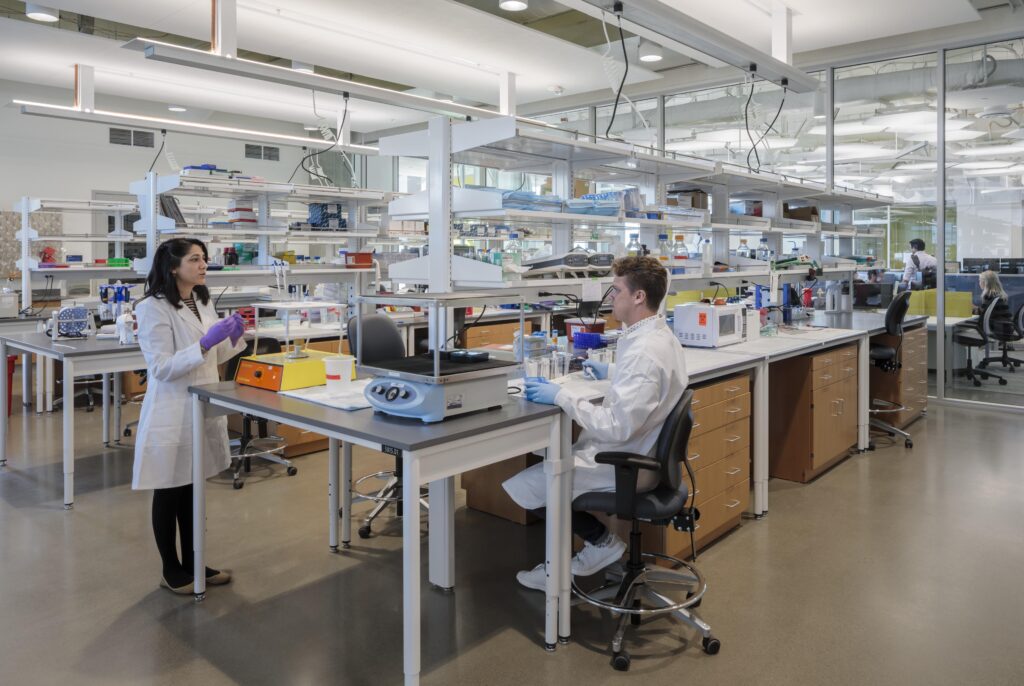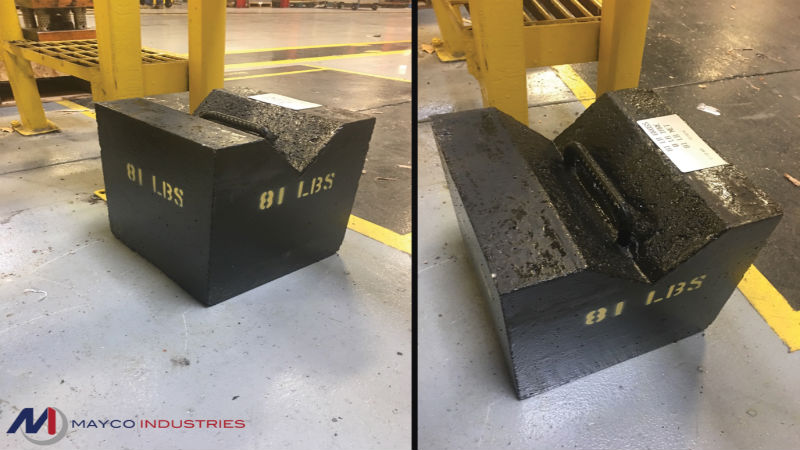While more complex in theory than some meters used for measuring fluid through a system, the micro motion Coriolis meter is a highly effective, accurate and reliable flow metering option.
How It Works
The system is based on the motion mechanics of fluids. In these types of meters, the fluid enters into the meter, and it is divided into two tubes, which are designed within the body of the meter and are protected from any external factors. These two flow tubes are identical and parallel in the housing of the meter, creating a wide U-shape downward from the intake port and then up to the outlet on the other side of the meter.
The micro motion Coriolis meter is designed the same way, but there are several other sizes and options in this particular meter type, each ideally suited for different applications.
As the fluid moves through the two identical, parallel tubes, a drive coil creates an oscillation in the tubes, causing them to move away from each other and back together at the natural resonance frequency of the tubes.
Magnetic and coil assemblies, mounted on each tube, act as pickoffs to generate a sine wave based on the oscillation. The sine waves indicate the movement of the tubes in relation to each other. Whenever there is fluid in the tubes, the sine waves will be different as the Coriolis effect in the tubes causes each to twist differently and in opposition to the other.
The difference between the asynchronous sine waves created by the flow of the media through the tubes is measured, providing what is known as Delta-T. Delta-T is directly proportional to the mass flow rate through the tubes, providing a highly accurate measurement. The same technology is also used to measure density, with higher and lower densities also being measured through sine wave comparisons through the micro motion Coriolis meter.



